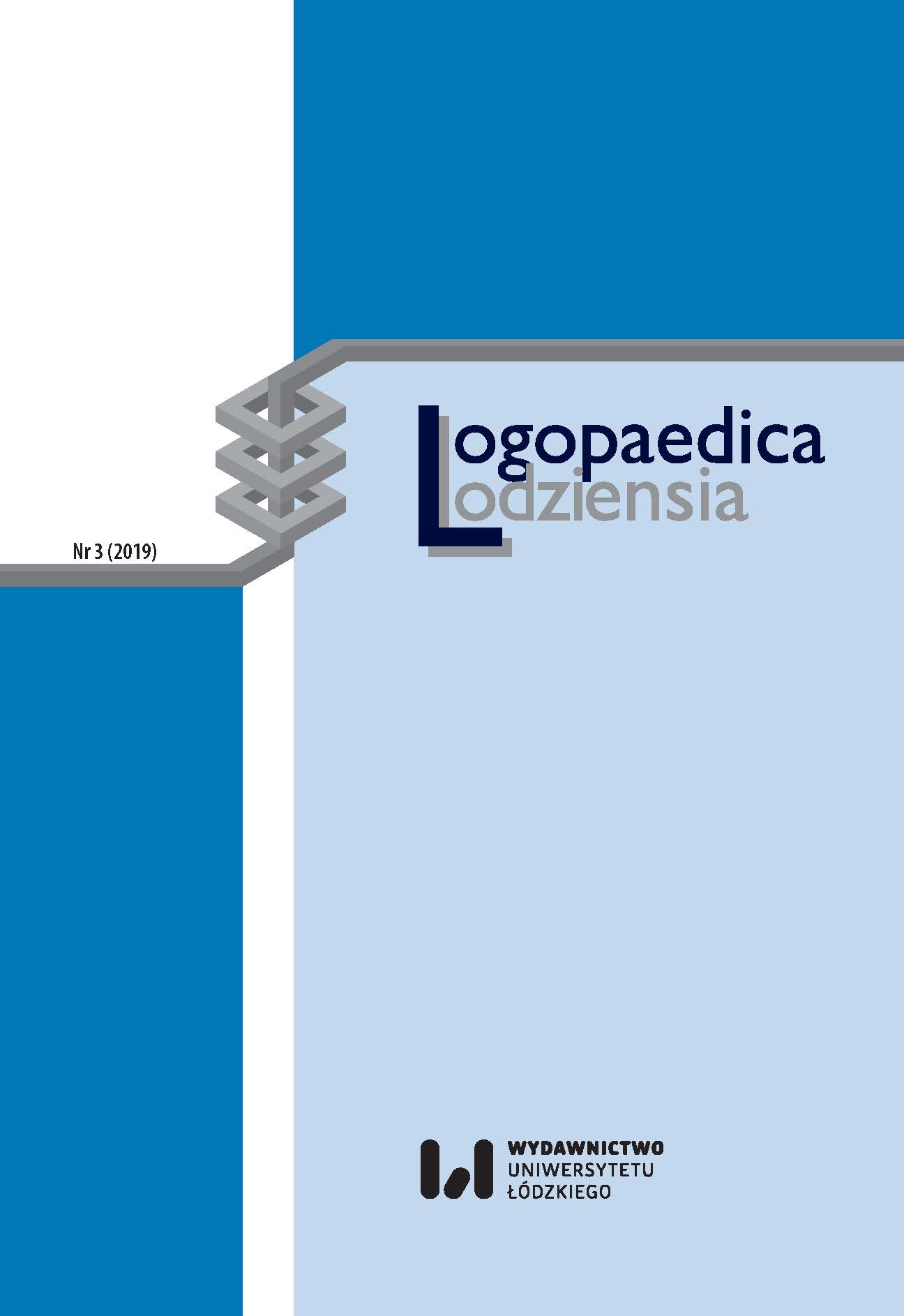Problemy rozwojowe dzieci przedwcześnie urodzonych z perspektywy logopedycznej
Developmental problems of prematurely born children from the perspective of stimulation/speech therapy
Author(s): Halina Pawłowska‑Jaroń, Zdzisława Orłowska-PopekSubject(s): Preschool education, Higher Education
Published by: Wydawnictwo Uniwersytetu Łódzkiego
Keywords: premature baby; IUGR; Hbd; Apgar scale; perceptual functions; cognitive functions; developmental diagnosis; stimulation; therapy
Summary/Abstract: The enormous progress of knowledge and medical technologies allows now to rescue extremely immature newborns, i.e. those weighing less than 1000 g, born of a pregnancy with a duration of less than 28 weeks. The prevalence of premature babies weighing 1,000–1,500 g from a pregnancy lasting 28–32 weeks is about 1% in Poland. Premature termination of pregnancy is a serious problem, especially in the aspect of the future fate of the child. Threats, however, are subject to some evolution along with the advancement of pregnancy. The diseases and complications of the neonatal period, being an important element affecting the prognosis as to the life and health of the baby born prematurely, include brain damage, breathing disorders, circulatory disorders, digestive disorders and irregularities within the sensory organs. Speech therapists face more and more often problems affecting prematurely born children concerning the dysfunction of sensory analyzers, which in a significant way translates into cognitive functioning and, consequently, the process of language acquisition. Premature babies require diagnostics and stimulation as prevention of cognitive and communication disorders should be implemented as soon as possible. The combination of early medical intervention and early stimulation or, in extreme cases, of consistently conducted neurobiological therapy seems to have the greatest impact on the developmental chances of the quality of life of this group of children and their families.
Journal: Logopaedica Lodziensia
- Issue Year: 2019
- Issue No: 3
- Page Range: 149-162
- Page Count: 14
- Language: Polish

